Forget Your Weather App: These 5 Plants Are a More Reliable Way to Predict Rain, Plus 4 Folkloric Predictors
Plants are tuned into subtle shifts in the climate. Pay close attention to them and they'll tell you if rain is coming or if a swing in temp is on the way.
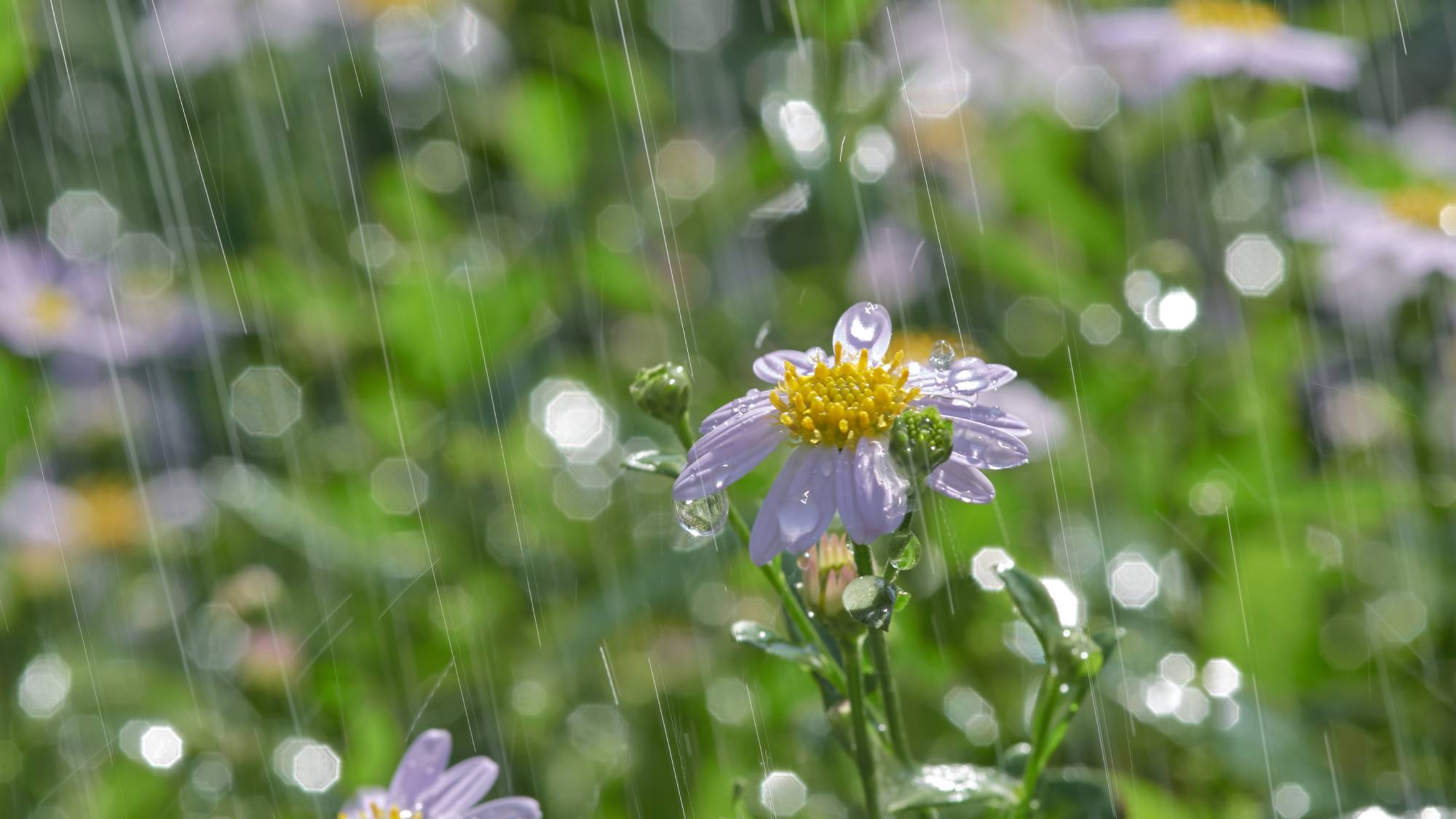

Kathleen Walters
“It don’t take a weatherman to know which way the wind blows,” according to poet and songwriter Bob Dylan. And it’s true – all you have to do is to look at the nearest tree.
In fact, there are lots of plants that predict the weather. And we don’t mean rare or exotic plants – even weeds like dandelions or common chickweed are among the group. If you know how to read the signs, you too can get weather information from looking at sensitive plants.
Let's explore the science and folklore behind these botanical weather predictors.
The Science Behind Botanical Weather Prediction

If this sounds a little bit like voodoo, don’t worry. There’s science behind it, not magic. Over the millennia, plants have learned to adapt to the weather, reacting to changes in humidity, temperature, and air pressure in order to survive.
Just think how vulnerable a flowering plant would be to damage from a storm. Wind and rain might destroy its blossoms and – with them – the seeds needed to propagate the species in subsequent years. Scientific research has established that plants sensitize themselves to changes in environmental conditions that suggest that a storm is coming, including humidity, temperature and air pressure. This gives it time to close up the petals and secure the seeds.
Plants That Can Predict Rain
Here are some of the most common plants in your yard that are good predictors of rain.
1. Dandelions
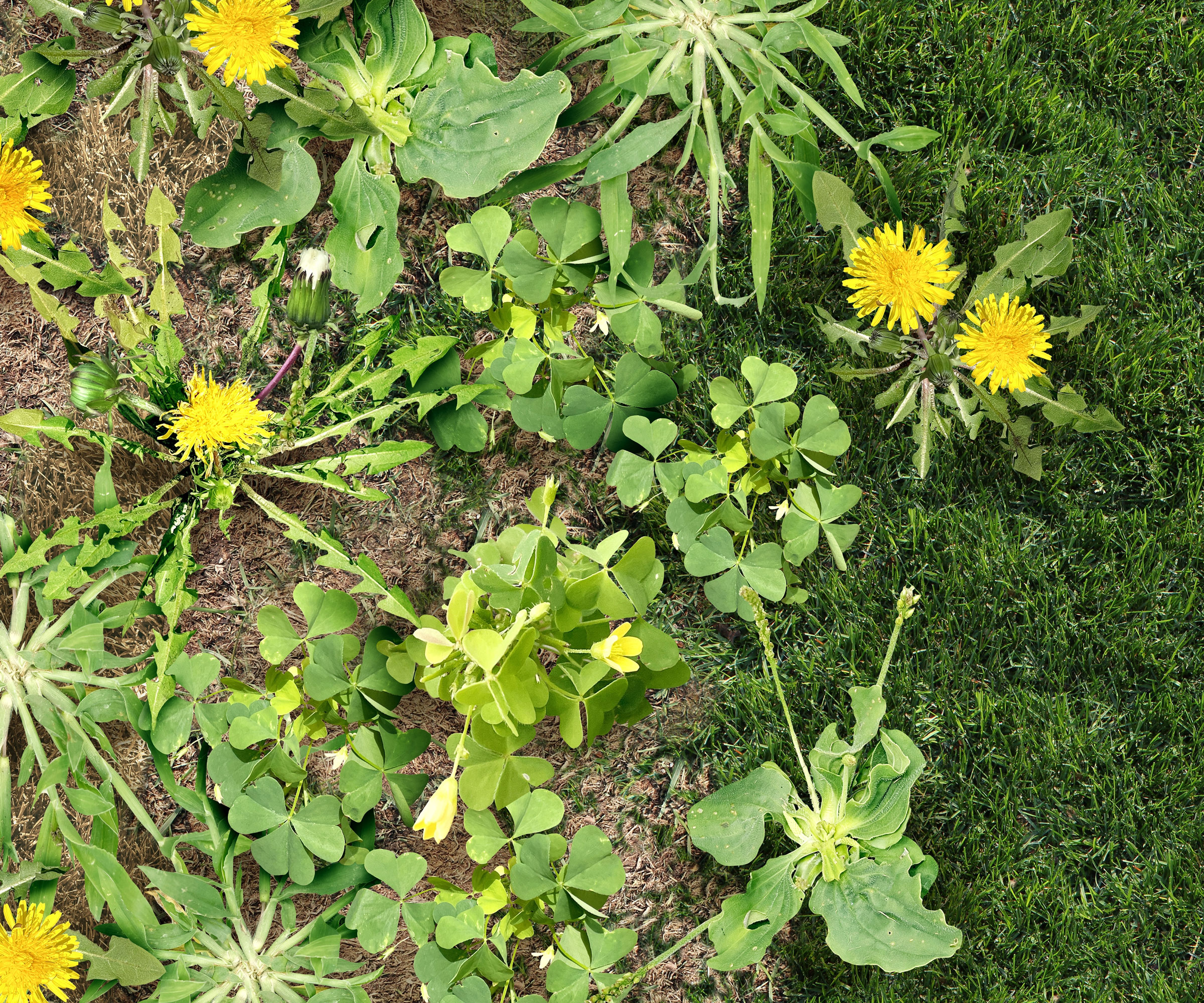
Do dandelions close when it rains? Yes, they do. This humble weed can discern the approach of a storm. Well before the first raindrop falls, the yellow flowers are closed up tight.
Sign up for the Gardening Know How newsletter today and receive a free copy of our e-book "How to Grow Delicious Tomatoes".
While some gardeners take pains to get rid of dandelions, there are many uses for dandelions in addition to being weather predictors. Dandelions are edible and also provide early nutrition for bees and other beneficial insects in the spring.
2. Tulips
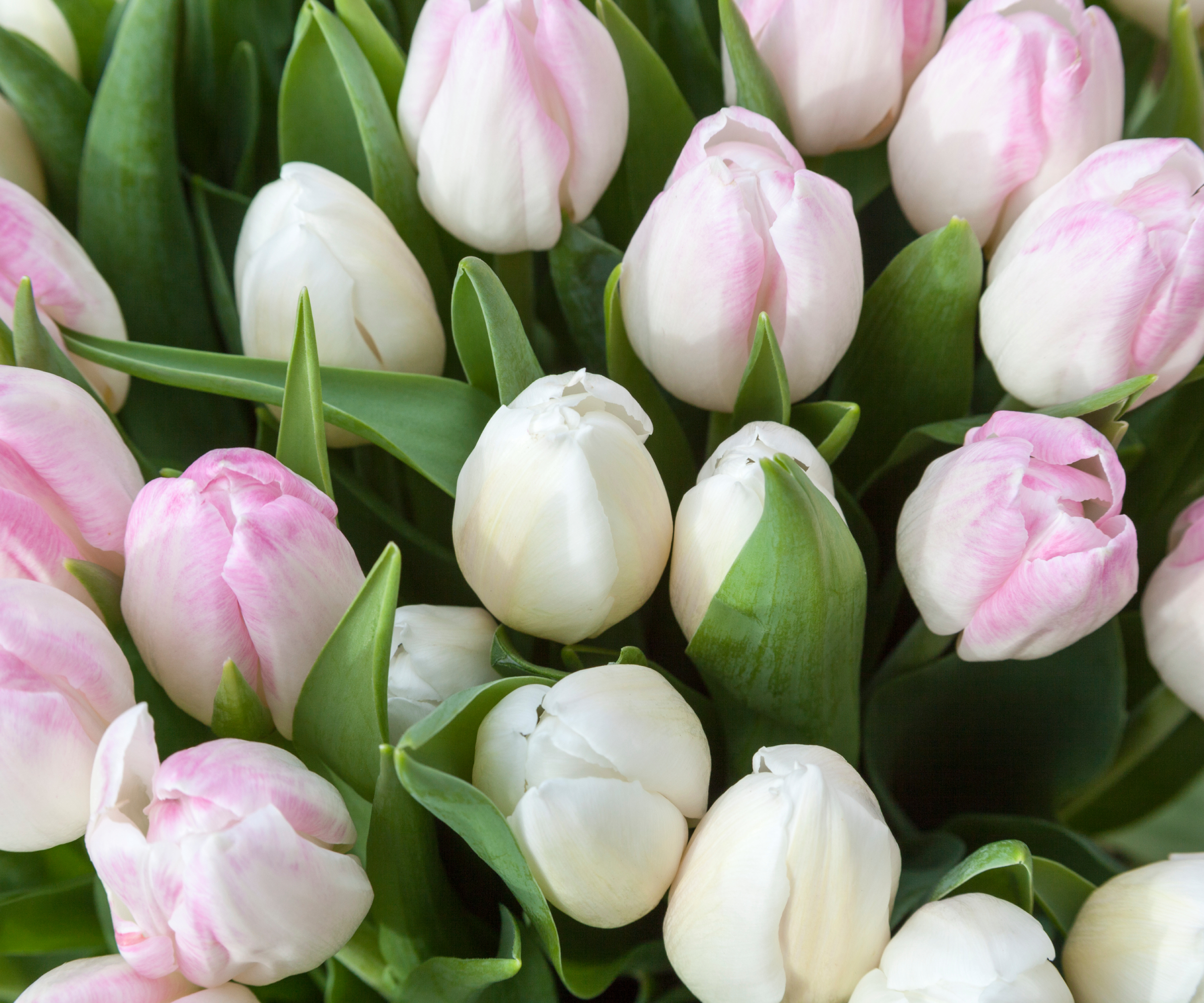
Tulips are another flowering plant that senses the rise in the humidity of the air before rain arrives. The flowers contract or expand as the humidity changes, and often are tucked up tight before a storm.
Divide and plant tulip bulbs in the fall to have rain predictors come next spring. You can force tulip bulbs indoors in winter, too, though they won't be predicting rain from your dining room table!
3. Pinecones
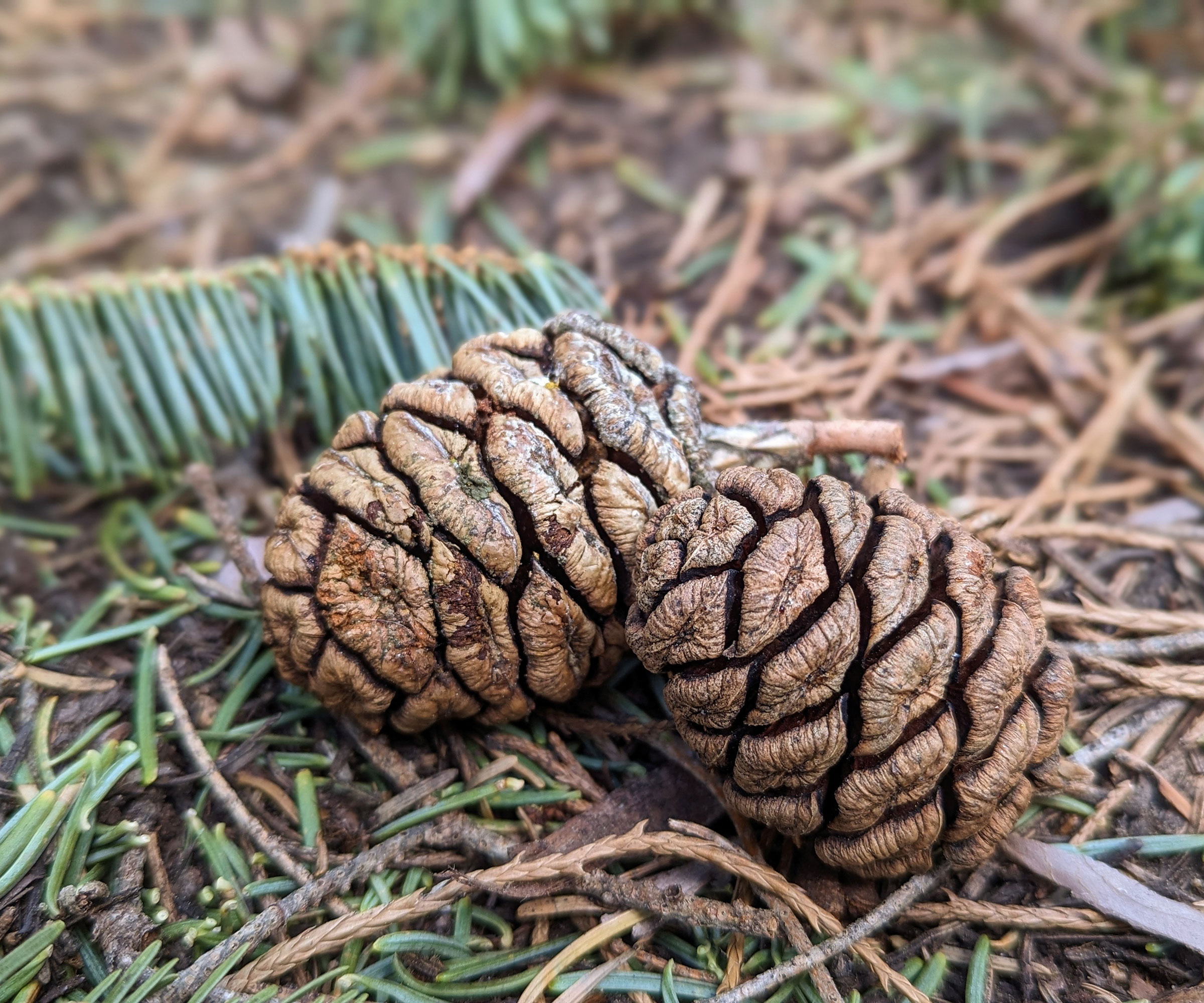
Tulips are not the only plants with the botanical urge to protect their seeds. In fact, reproducing the species is a primary "goal” of many plants, including pine trees.
Do pinecones close when it rains? Yes, they do. The seeds of a pine tree are borne in the fruit, the woody cone. The seeds develop on the cone under tightly closed scales. When the seeds are mature, the pinecones loosen the scales to release the seeds. But when rain is expected, the scales close up tightly to protect the seeds.
4. Common Chickweed
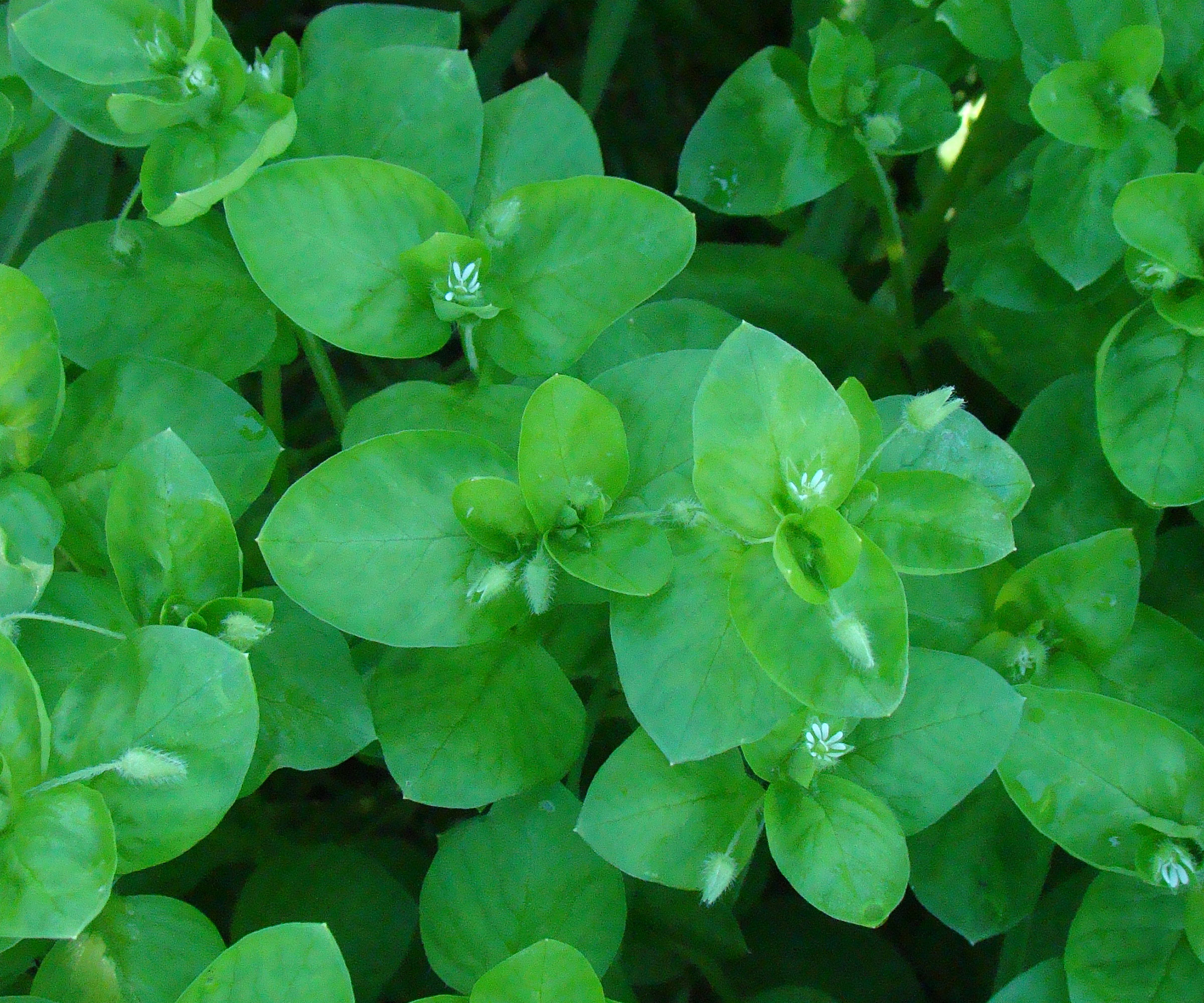
Common chickweed (Stellaria media) forms dense mats of edible leaves, with small white summer flowers. The flowers can close up when the sky is overcast, but it is not as reliable an indicator of humidity as some other plants.
Many gardeners want to get rid of chickweed, but like dandelions, you can eat chickweed and use it for other herbal remedies.
5. Scarlet Pimpernel
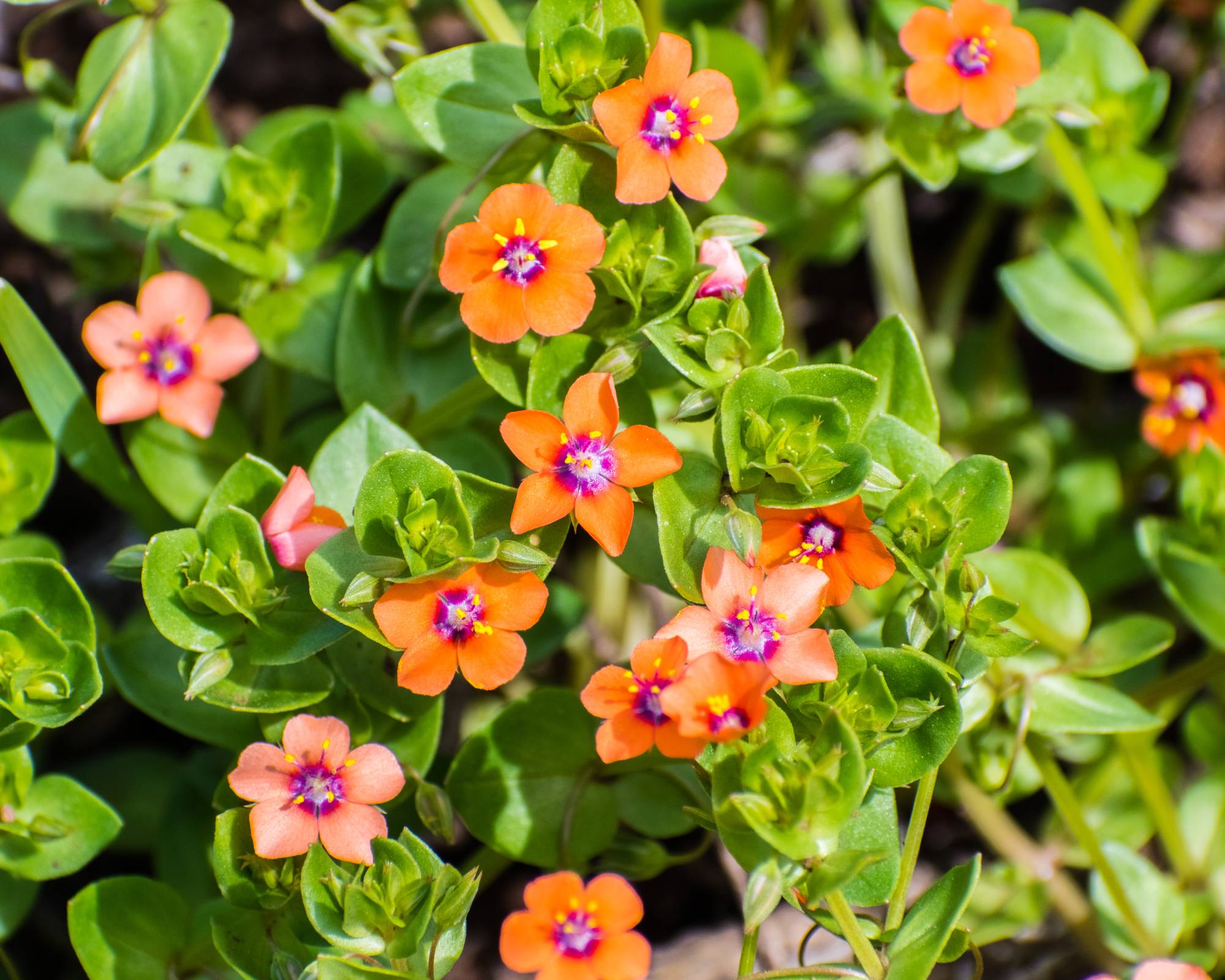
Scarlet pimpernel (Lysimachia arvensis) is another flowering plant that closes up when clouds come in and the sky is overcast.
Their reaction to humidity is so reliable that the plant is also known as the poor man's barometer, or shepherd's weather glass. The small, orange-scarlet flowers only open wide on sunny days.
Weather Predictors in Folklore
Here we leave the realm of science and venture into the land of folklore. Less research, more tradition.
1. Persimmon Seeds

Have a persimmon tree in your yard? Try this folky If you remove a persimmon seed, slice it open, and remove the cotyledon inside, it is said to inform you of how severe the winter will be. The shape can either be a spoon shape, which means an abundance of snow, a knife shape, indicating a harsh winter ahead, or a fork shape, indicating that the winter won’t be bad at all. Do not bet the farm on this one!
2. Corn Husks
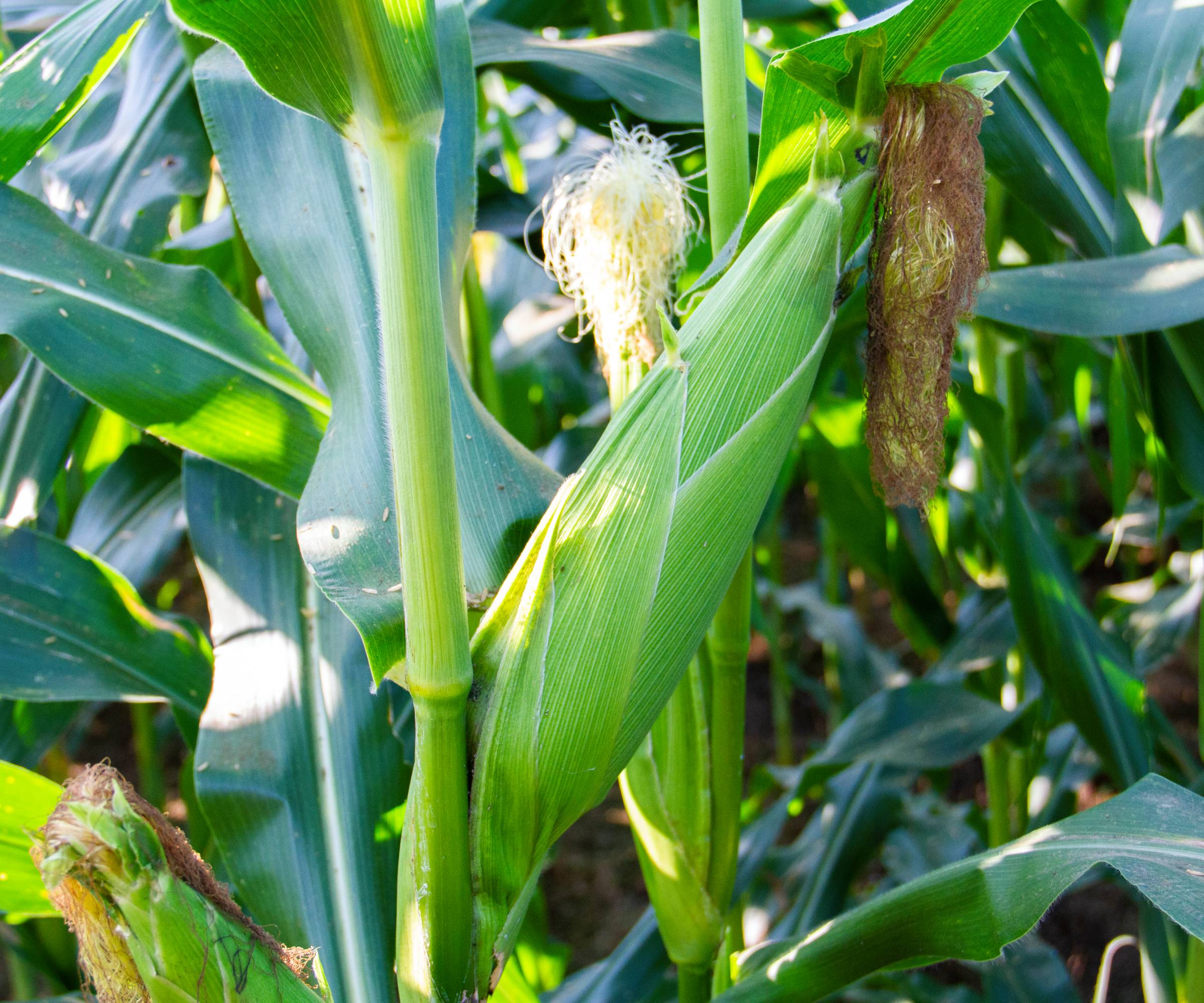
It is said in France that when the corn grows with a thick, tight husk, the corn is wrapping itself up to protect it from a cold, icy winter ahead. The jury is still out on this one too!
3. Deciduous Trees
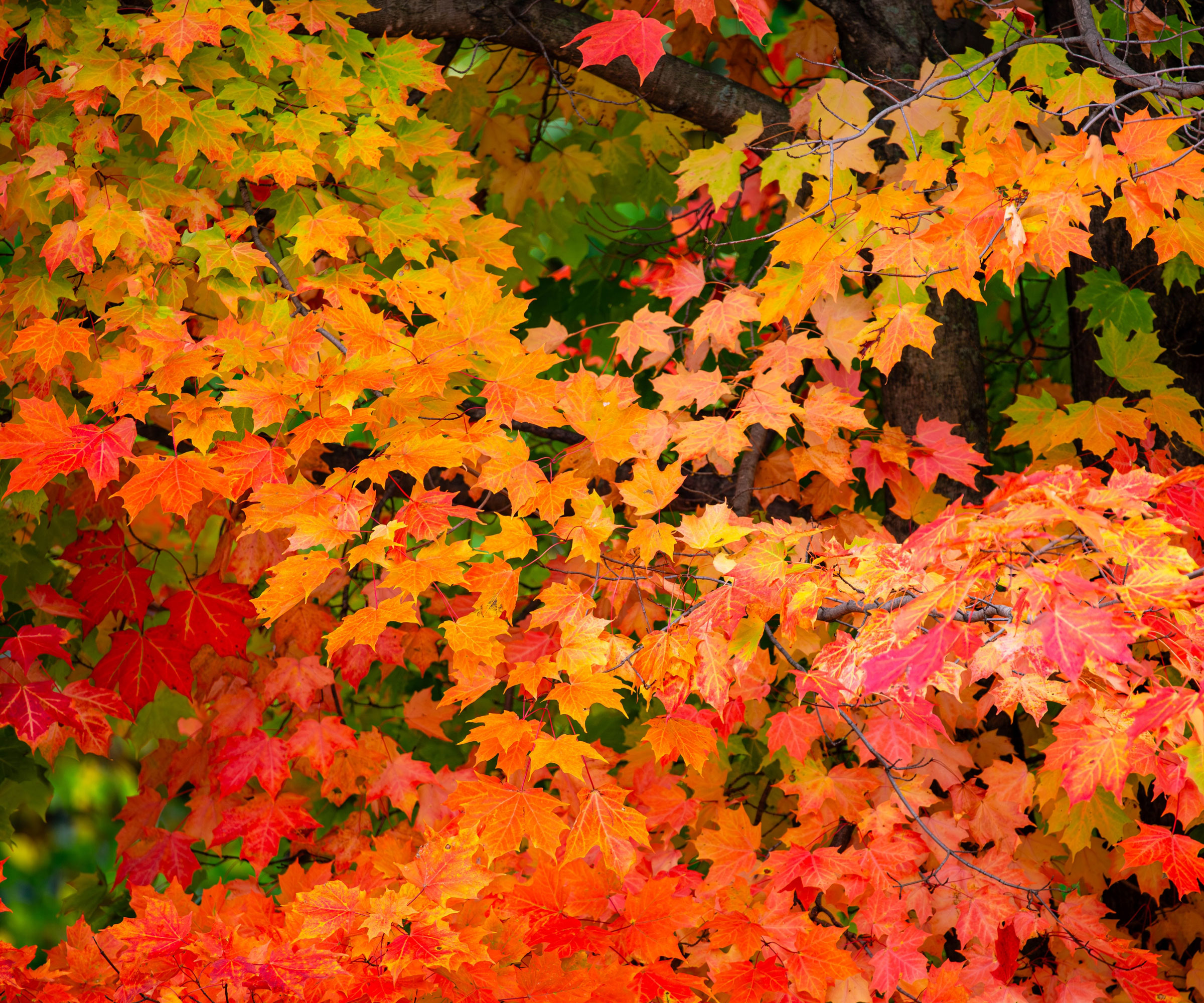
Here’s another piece of folklore using plants to predict rain: when humidity rises, the leaves on maples, birches and poplars flip over, exposing their paler undersides. This may be true, since the moisture in the air softens the leaves, making them easier to be turned over by wind.
4. Weeping Willow
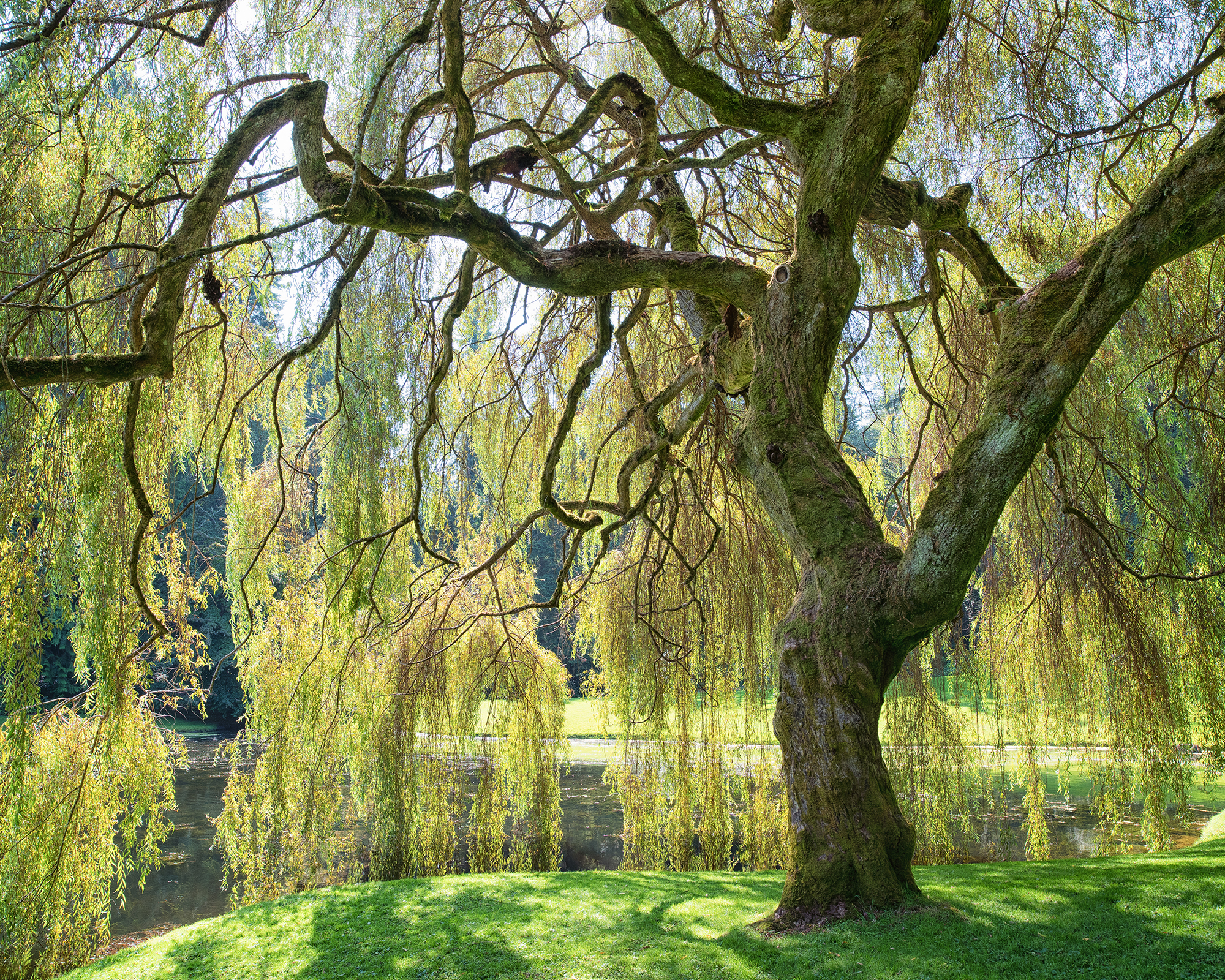
If your weeping willow's branches are drooping more than usual, it is a sign that rain is coming. This may have some truth to it, since the leaves will be heavier as moisture attaches to them.
These botanical weather predictors aren't foolproof, but noticing the changes in the plants around us can clue us in to subtle changes in the atmosphere and climate. What other plants do you look to to predict the weather?
More Help Predicting the Weather
Our editors have rounded up some more weather predicting devices to pair with your botanical predictors.

This Ambient Weather smart weather station is available from Amazon and collects barometric pressure, temperature, wind speed and direction, UV levels, humidity, and rainfall data that is directly imported into a fee app. Two of our editors swear by this weather station!
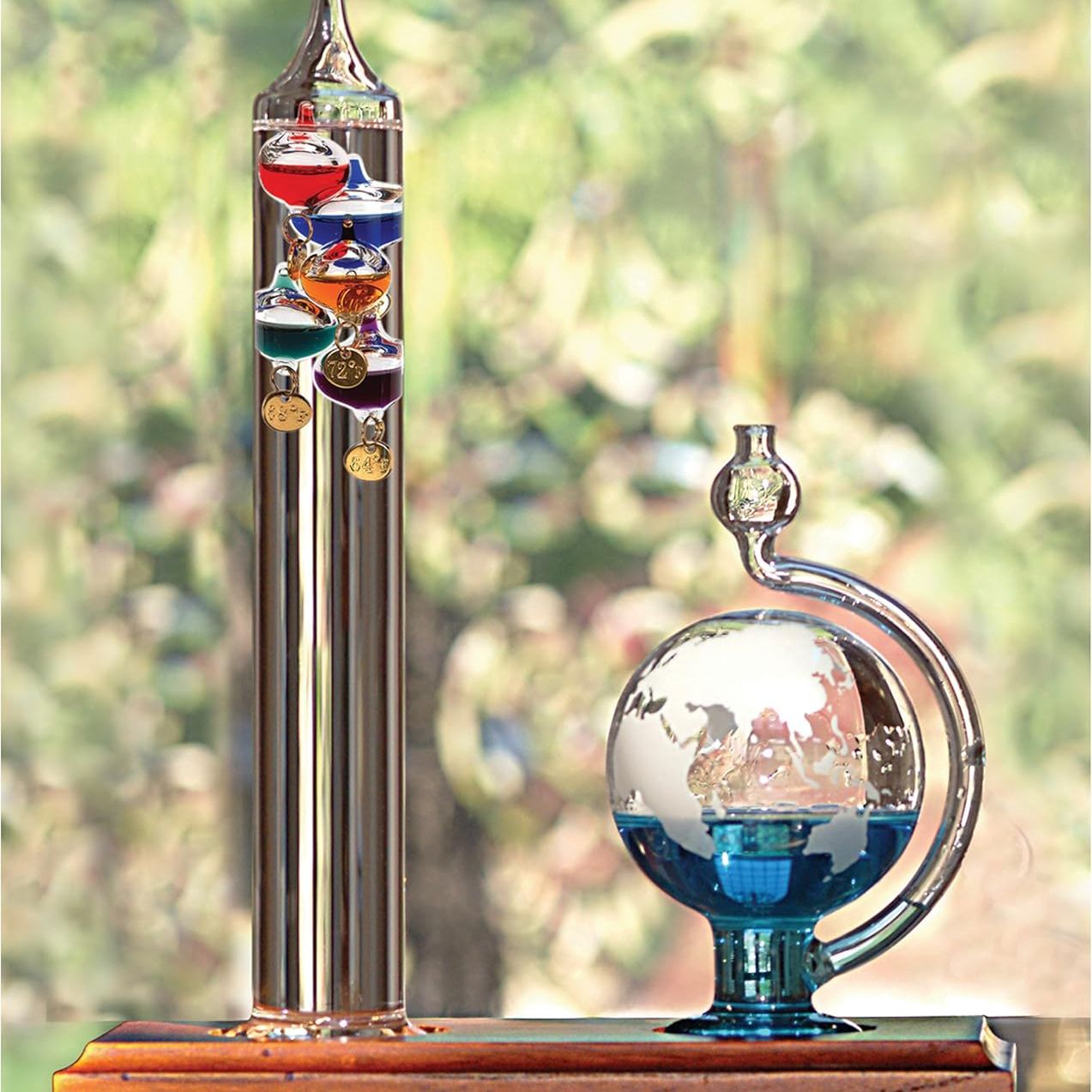
Looking for an objet d'art that also keeps track of weather changes? This Galileo thermometer with glass globe barometer from Amazon fits the bill. It also makes a great gift for a weather-obsessed friend or family member.
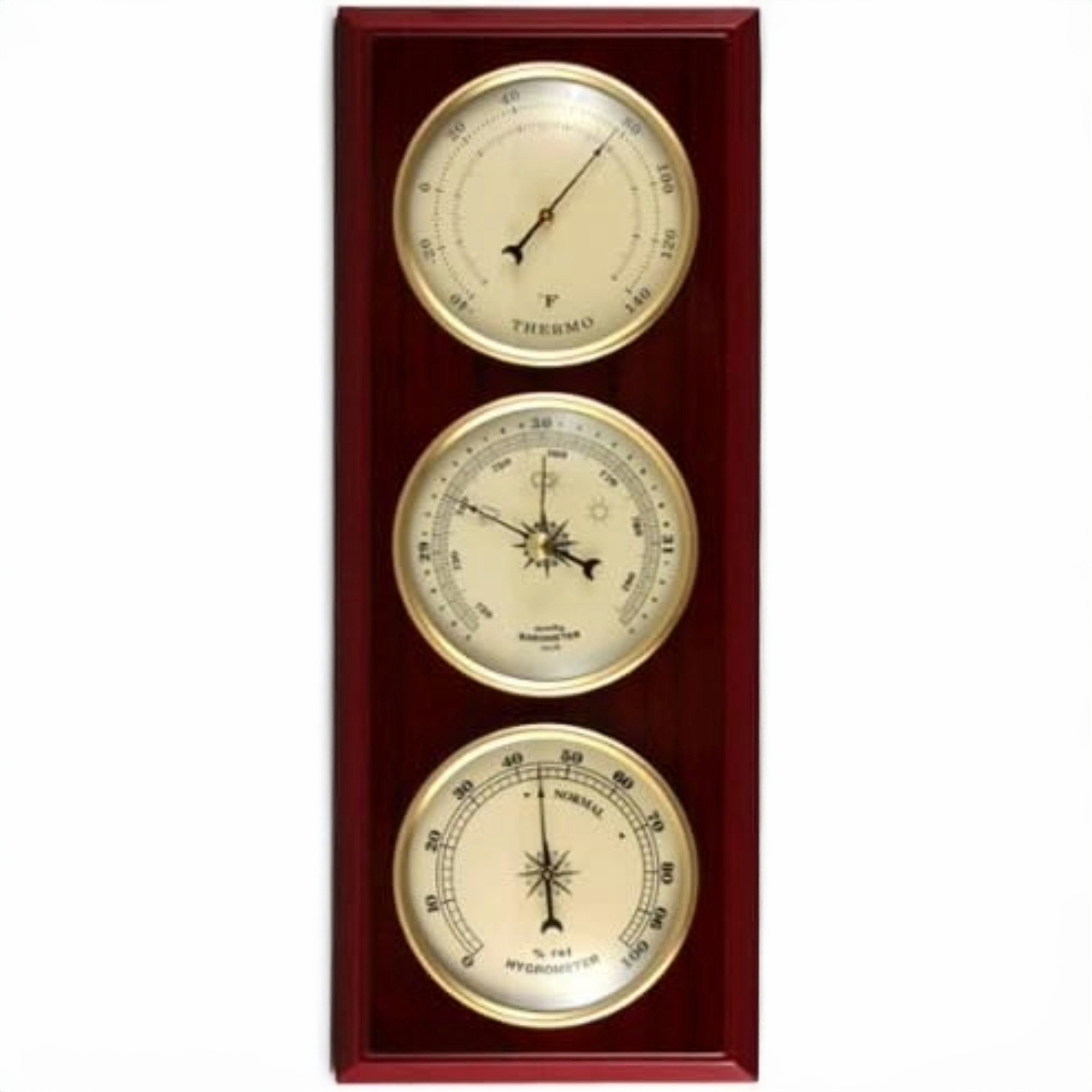
A timeless piece like this Ambient Weather dial traditional weather station from Amazon includes a barometer, hygrometer, and thermometer to keep an eye on the forecast and will look great in any home.

Teo Spengler is a master gardener and a docent at the San Francisco Botanical Garden, where she hosts public tours. She has studied horticulture and written about nature, trees, plants, and gardening for more than two decades, following a career as an attorney and legal writer. Her extended family includes some 30 houseplants and hundreds of outdoor plants, including 250 trees, which are her main passion. Spengler currently splits her life between San Francisco and the French Basque Country, though she was raised in Alaska, giving her experience of gardening in a range of climates.
- Kathleen WaltersContent Editor